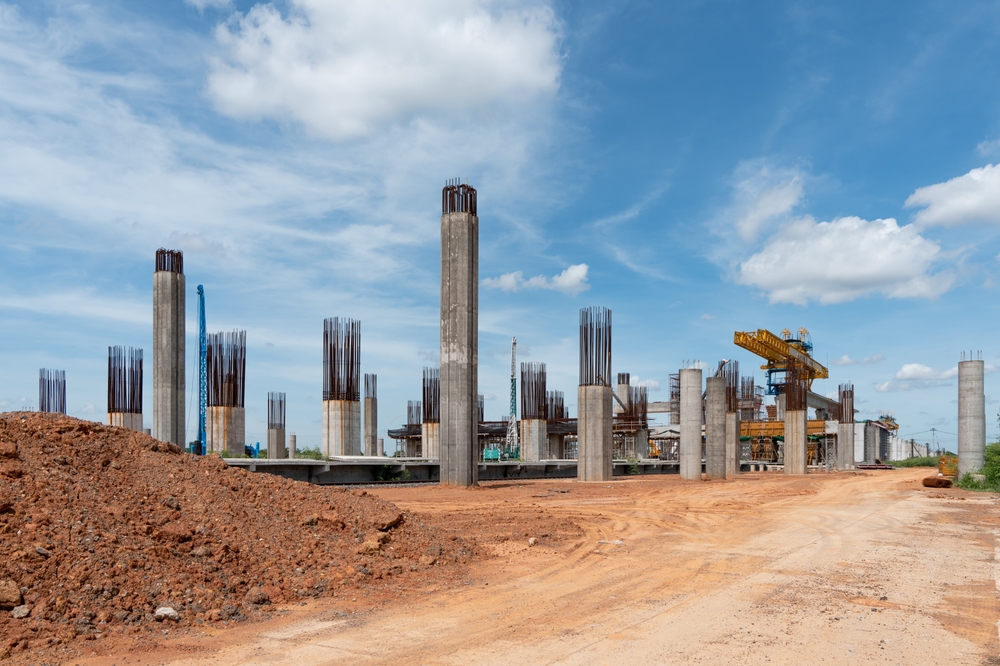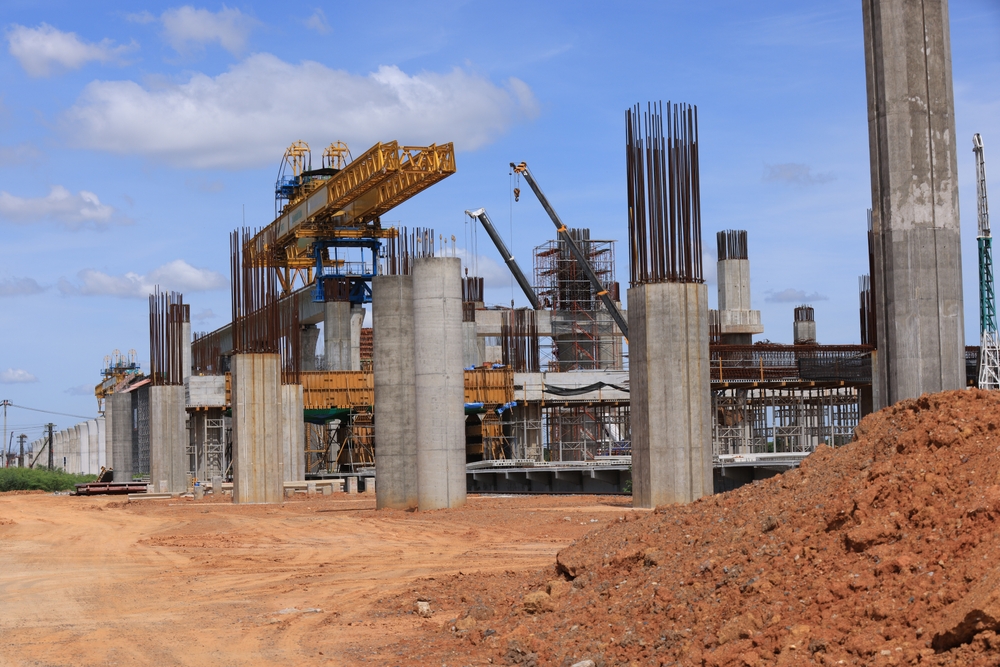Environmental Impact in Construction: Challenges and Solutions
Environmental Impact in Construction: Challenges and Solutions
Introduction
The construction industry is one of the largest contributors to environmental degradation. From high carbon emissions to excessive waste generation, the sector faces several sustainability challenges. Implementing eco-friendly strategies can mitigate these adverse effects and promote sustainable construction.
Key Environmental Impacts of Construction
1. Carbon Emissions
- Concrete and Steel Production: Major contributors to CO2 emissions.
- Energy-Intensive Processes: Traditional construction relies on fossil fuels for machinery and transportation.
- Operational Emissions: Buildings account for nearly 40% of global energy-related emissions.
2. Resource Depletion
- Deforestation: High demand for timber leads to loss of biodiversity.
- Water Consumption: Construction activities consume vast amounts of freshwater.
- Raw Material Extraction: Over-extraction of sand, gravel, and stone disrupts ecosystems.
3. Waste Generation
- Demolition Debris: A significant portion of landfill waste comes from construction.
- Non-Recyclable Materials: Use of plastics and hazardous materials increases pollution.
- Improper Disposal: Leads to soil and water contamination.
Sustainable Solutions for Reducing Environmental Impact
1. Green Building Materials
- Recycled and Reclaimed Materials: Reduce the need for new raw materials.
- Low-Carbon Concrete Alternatives: Minimize CO2 emissions.
- Bamboo and Hempcrete: Renewable materials that offer durability and sustainability.
2. Energy-Efficient Construction Techniques
- Passive Design Strategies: Optimize natural light and ventilation.
- Smart Building Technologies: Use AI-driven energy management systems.
- Renewable Energy Integration: Solar panels and wind turbines enhance energy efficiency.
3. Waste Reduction and Recycling
- Prefabrication and Modular Construction: Reduces material waste.
- On-Site Waste Management Plans: Encourages proper segregation and recycling.
- Circular Economy Practices: Reusing materials to extend their lifecycle.

Future of Sustainable Construction
Governments and organizations worldwide are setting stricter regulations and incentives for environmentally responsible construction. Investment in research and innovation is key to achieving carbon neutrality and reducing ecological footprints.
For expert guidance on sustainable building practices, contact us today.
Conclusion
Addressing the environmental impact in construction requires a collective effort from industry leaders, policymakers, and communities. By embracing sustainable practices, we can create a greener, more resilient future.
External References:
Construction Industry in India
- One of India’s largest construction and engineering companies, Campus Construction Cost Optimization provides services including project management, cost control, and engineering consultancy. For detailed information on their offerings, visit. Construction Industry in India
Read more related articles to enhance your knowledge and make informed decisions
10 Essential Steps in the Building Construction Process
How to Choose the Right Materials for Your Construction Project









